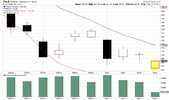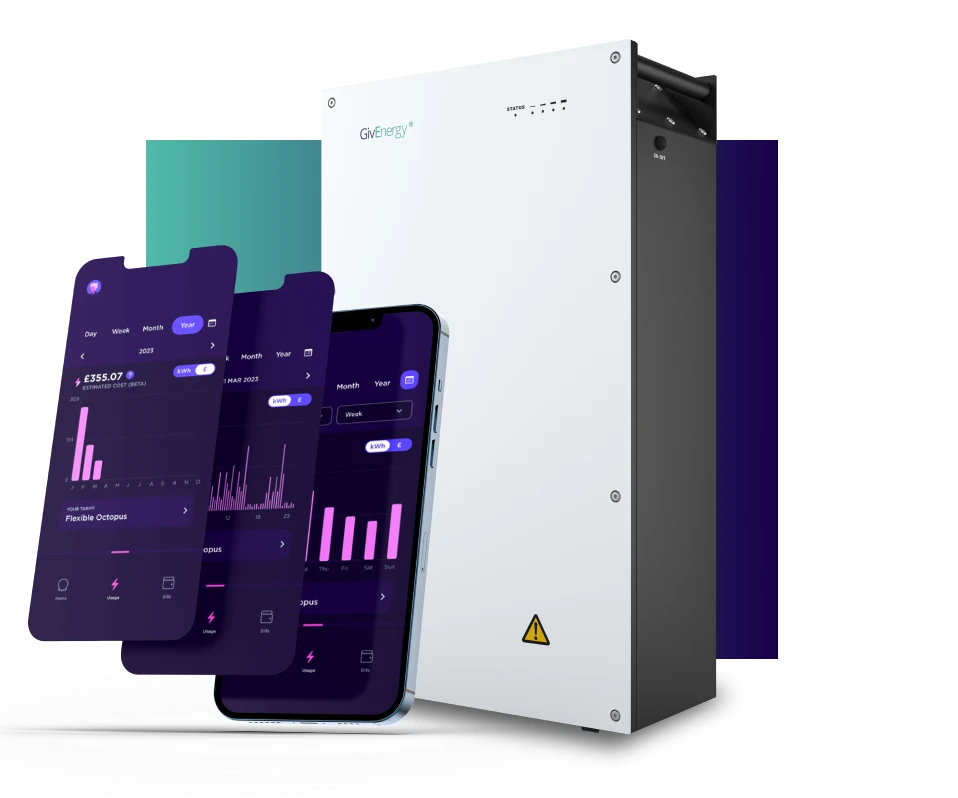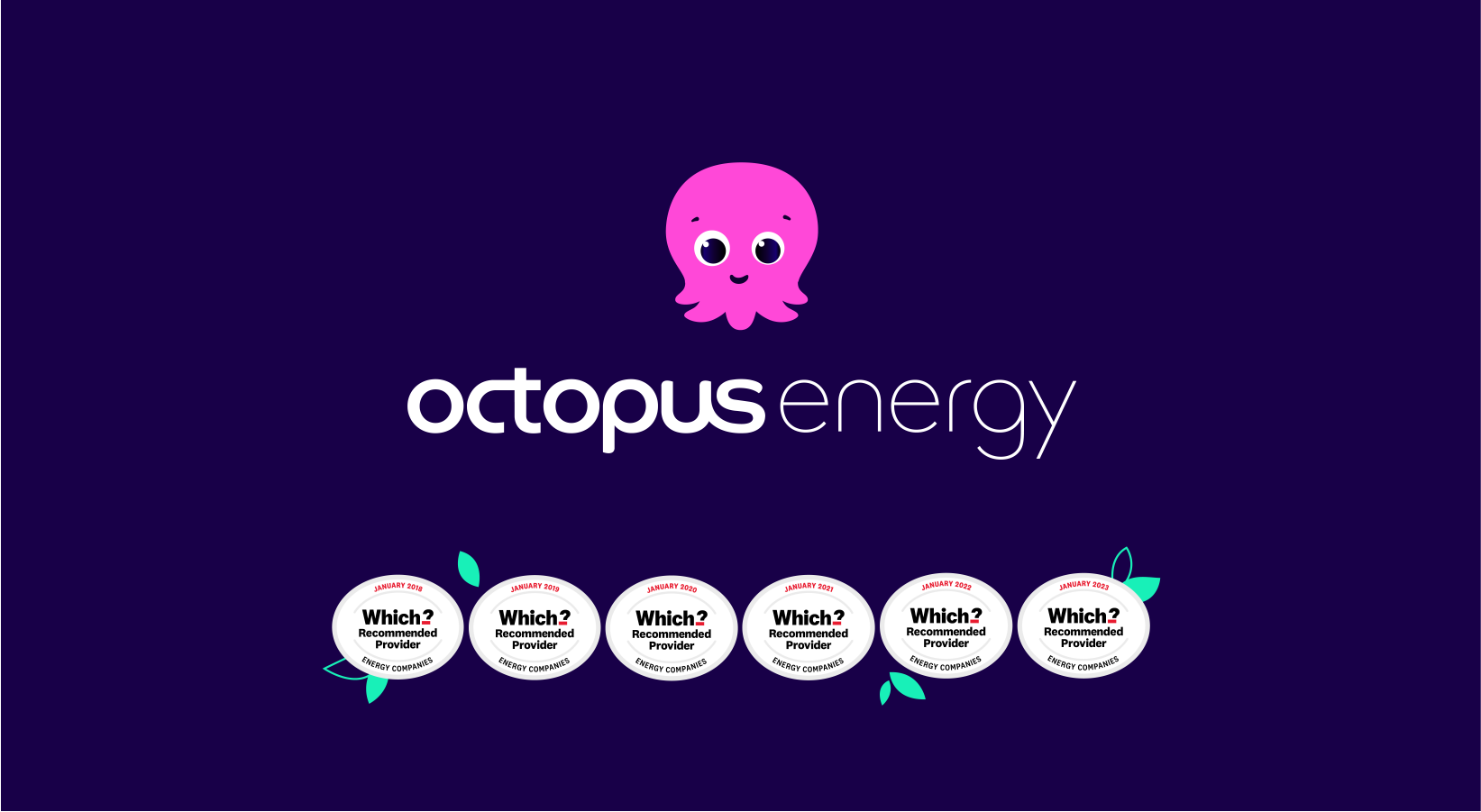One of the challenges I see with the "Demand Problem" narrative is simply the definition of
Demand Problem...particularly the "problem" part. It really comes down to a few basic items:
- Do people WANT your product...and by "people" I mean a LOT of people (ignoring price for a moment)?
- How much are people willing to pay for your product?
- Can you make money selling your product at the price people are willing to pay?
- Can you make enough of your your product?
If you mess up on any of these items as a company, then you have a demand PROBLEM no matter who you are. We love one of our local burger places, but their ridiculously awesome burgers are $12-$14. A LOT of people won't pay that much, but we do. It's a balancing act, especially when you want to GROW. Let's look at Tesla:
Item 1 on the list is actually hard...
really, really hard. Lots of people come up with cool products that people want....but perhaps not a LOT of people want. Other companies, well, they try but end up with a swing and a miss. Tesla has done an
insanely great job here and while, yes, some of their products are getting a little long in the tooth, they don't have a "problem" in that area. Indeed, those of us who've been around Teslas for years now
forget that SO MANY people have little exposure to Teslas and even the "old" Teslas are "new and cool" to them.
Item 2 is where "want" and "practicality" often come together. Yes, yes a few of you "rich" guys don't care as much about this, but for most of the population how much we CAN pay and are WILLING to pay comes into play. You have a "problem" when you charge more than this threshold relative to what you are producing. When you are at or below that threshold...no "problem". So when Tesla lowers prices as it is doing now...it is obviously to address the lowering threshold of buyers. The converse is also true...when people are willing and able to pay more you can raise prices. For an example of this, see Tesla in 2022! Sure a lot of that was their supply costs, but their margins are pretty sweet. In some ways, I think Tesla's 2022 profits are "paying for" what is coming in 2023. Of course, your
ability to lower the price is the kicker...which brings us to item 3.
Item 3 is all about cost control. The more you "win" here, the more you can address #2 (price) in a highly competitive and/or recessionary time...AND the more you can rake it in during prosperous times. Tesla's advantage here is impressive primarily because it isn't just the classic "move everything to China" play that most companies explore (although clearly it has that component). Its differentiation, is that it is heavily INNOVATION focused, and I don't say that lightly. In corporate America, "Innovation" is primarily a "buzzword" that companies use to make themselves "LOOK" innovative...behind the scenes, it is mostly, um, PowerPoint presentations as best I can tell. Tesla also tries to control their supply chain as much as possible and leverage long term "strategic" contracts with key suppliers...see everything "battery" related. In short, their cost control seems crazy good and they CONTINUE to FOCUS on this in a REAL way as best I can tell...it sure as heck isn't just lip service.
Now, let's look at item 4. One could argue this isn't technically a "demand" item, but people can't buy what you don't make...and if they are still in the market for a purchase, they will buy "something else" if is available...or they wait.
People don't like to wait and, often, they can't wait. You don't want to lose a sale because you simply can't deliver a product to someone who is standing there trying to give you their money! Tesla has obviously focused on ramping up production and they have to. We won't be in a recessionary situation forever (if we are, we have bigger problems) and when it is over, you don't want to then "start" to figure our production...you burn too many years of high profit potential. This is why Tesla will continue to build out existng plants and even start new ones...in a recession!
Ultimately, I think we are seeing a classic economic downturn cycle and now we see if Tesla can really pull off item 2 and continue to drive costs out in item 3 while maintaining and growing volume. Folks on here have been preaching their advantages in this area for quite a while...this is what it was for (not to achieve insane margins forever). 2023 will be a litmus test. Will the stock respond if the execute well? In the short term, probably still a mess. In the long term, I am very hopeful.
Nothing new in what I have above, but understanding that EVERY company has a "demand problem" at the wrong price for the current market is important and further understanding that a company's ability to be flexible on price while still making a profit is key.












